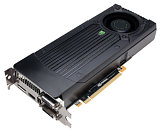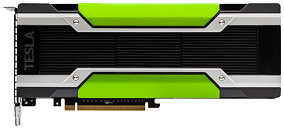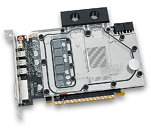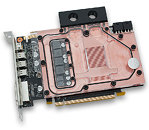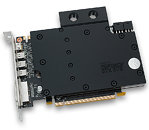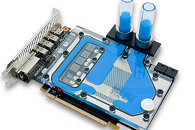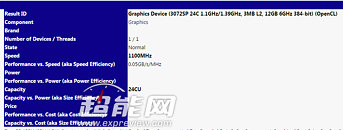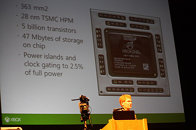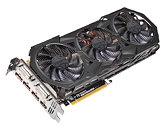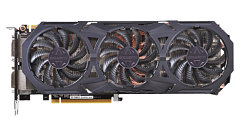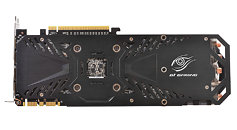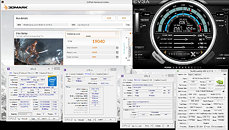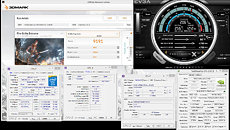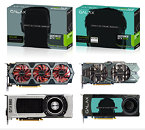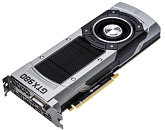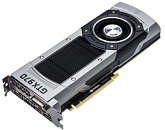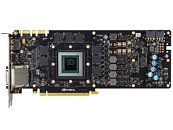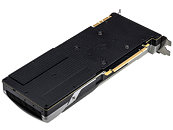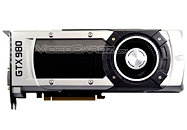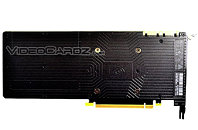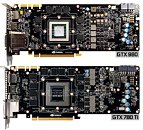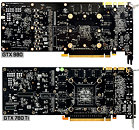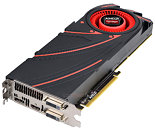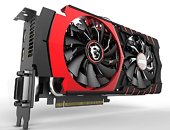
NVIDIA Paves Way for Tomorrow's Cars With NVIDIA DRIVE Automotive Computers
Transporting the world closer to a future of auto-piloted cars that see and detect the world around them, NVIDIA today introduced NVIDIA DRIVE automotive computers -- equipped with powerful capabilities for computer vision, deep learning and advanced cockpit visualization. NVIDIA will offer two car computers: NVIDIA DRIVE PX, for developing auto-pilot capabilities, and NVIDIA DRIVE CX, for creating the most advanced digital cockpit systems. These automotive-grade in-vehicle computers are based on the same architecture used in today's most powerful supercomputers.
"Mobile supercomputing will be central to tomorrow's car," said Jen-Hsun Huang, CEO and co-founder, NVIDIA. "With vast arrays of cameras and displays, cars of the future will see and increasingly understand their surroundings. Whether finding their way back to you from a parking spot or using situational awareness to keep out of harm's way, future cars will do many amazing, seemingly intelligent things. Advances in computer vision, deep learning and graphics have finally put this dream within reach.
"Mobile supercomputing will be central to tomorrow's car," said Jen-Hsun Huang, CEO and co-founder, NVIDIA. "With vast arrays of cameras and displays, cars of the future will see and increasingly understand their surroundings. Whether finding their way back to you from a parking spot or using situational awareness to keep out of harm's way, future cars will do many amazing, seemingly intelligent things. Advances in computer vision, deep learning and graphics have finally put this dream within reach.


